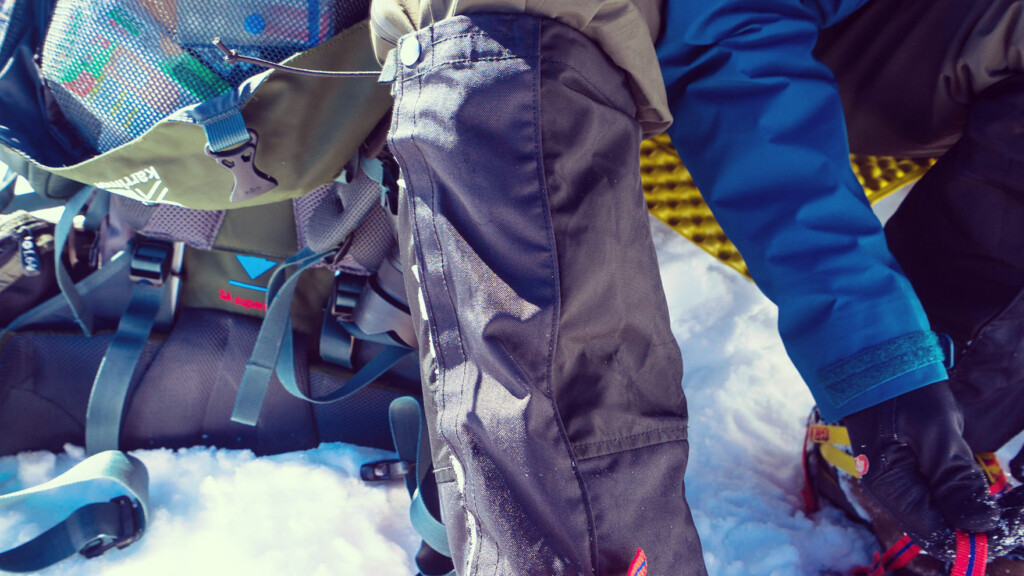
季節と目的から考える、最適なゲイター(スパッツ)の選び方とおすすめの8つ
多様化するゲイターは用途に応じて選ぶ
険しい地形や厳しい天候に見舞われてもできる限り軽快に、快適に、安全に歩きたい。そんなあなたにはゲイター(スパッツ)を試してみることをおすすめします。
足首の周りをピッタリと覆い、ブーツと足とのすき間を埋めるためのギアは雪山ではほぼ必須、無雪期でも雨、露、小石、枝、泥などから足元を保護してくれます。これがあれば富士山の大砂走りでも靴の中は快適、雨の中の強行軍や朝露たっぷりの草原歩きでも足元はドライに、フカフカの雪の上も雪の侵入や寒さに悩まされることはもうありません。
かなり前、冬用に値段とゴアテックスという点だけを見て選んだ愛用ロングスパッツが穴開き、ほつれまくりと痛んできたことを期に、新しいゲイターについていろいろと調べてみることにしました。
ゲイターはかつて(少なくとも日本の登山文化において)は積雪期登山での雪除け、あるいはクランポンなどから足を保護するための用具として主に扱われていましたが、ここ最近では夏山歩きでも異物の侵入や汚れからの保護という意味で積極的に使用されるように。また少し落ち着いたとはいえ、登山ブームのなかではファッションとして急にクローズアップされたりもしていました。
最近では夏に冬に、ショートパンツ・ロングパンツに、ハイキング・ランニングにと、多様なニーズに合わせて長さ、形、素材などさまざまなバリエーションが生まれ、大抵のシーンに合わせて活躍してくれます。今回はそうしたさまざまな目的に合わせて最適なゲイターを選ぶために注意すべきポイントをこのサイトなりにまとめ、後半では例によって最新モデルをフィールドでざっと試してみて分かった、用途に合わせたおすすめモデルを紹介していきたいと思います。
はじめに:ゲイターの機能と種類

近年冬山用アルパインブーツはゲイター一体型が主流。
まずはじめに、さまざまな種類のモデルが登場しているゲイターの大まかな種類を見てみることで、その主な機能(役割)についてあらためて理解してみたいと思います。ここで念のため注意しておきますと、冬山はではいざ知らず、春夏に関してはゲイターは常に必須の装備というわけではありません。個人的に夏山では着けないことも多いです。さらに最近ではゲイターとパンツ、あるいはブーツが一体型になったモデルも多くみられ(写真)、その場合でももちろんゲイターは不要です。ただ着け外しできること、パンツや靴を選ばず使えるという点ではそれぞれで揃えることに勝るものはありません。そんなわけで以下の表ではゲイターの大まかな種類と同時に「着けない」選択肢も含めてメリット・デメリットをまとめています。
一般的なゲイターの種類まとめ
この表から端的にいえることは、ゲイターと名の付くものを履けばいつでもどこでも快適になるというわけではないということ。トレイルゲイタータイプで豪雨や深雪は防げませんし、逆にアルパインゲイタータイプでトレイルランは暑苦しくて着けていられません。このため大前提として、なぜゲイターが必要なのか、どんなアクティビティに使いたいのかを念頭に、いずれのタイプから選べばよいのかを検討することが間違いのないゲイター選びの第一歩となるでしょう。
ステップ1:長さを選ぶ
自分が欲しいゲイターのタイプが分かったところで次に考えたいのは、どれくらいの長さのモデルを選ぶかという点。実際にはタイプを選べばおおよその長さも決まってくるのですが、最近ではタイプ間の境界線も曖昧になってきているため、長さによる特徴の違いも理解しておく必要があります。
大まかには足首の上あたりの20~30センチ程度のショートタイプとふくらはぎ上、ひざ下までの約35~45センチ程度のロングタイプに分かれ、長さによる違いとはひとえに足回りをどれだけ手厚く保護する必要があるかという程度によって決まります。より厳しい環境に対しては保護する範囲を広くする必要がありますが、その分動きやすさや通気性などは短いモデルに比べて負担が大きくなります。中間程度の長さのミドル(セミロング)サイズはロングから少しでも重量を節約するという目的で存在していますが、中途半端な位置で留めるためずり落ちやすく注意が必要です。
| 項目 | ショートタイプ | ロングタイプ |
|---|---|---|
| 特徴 | 比較的穏やかな環境で、主に小石や泥、雨などからの保護を想定。カバー範囲と保護力は劣るものの軽くて動きやすく、価格は相対的に低く、通気性も高い。 | 背の高い草木に覆われたブッシュや深い雪、深い泥、豪雨などのより厳しい環境を想定。ある程度保温性も計算できるため、夏にショートパンツと合わせてロングとのコンバーチブルパンツのように使うことも可能。 |
| カバー範囲 | × | ◯ |
| 保護力 | × | ◯ |
| 運動性 | ◯ | × |
| 保温性 | × | ◯ |
| 通気性 | ◯ | × |
| 重量 | ◯ | × |
| 価格 | ◯ | × |
選ぶときのポイント
- トレイルランニングや夏の日帰りハイキングなど、短時間の活動にしか使用しないならばショートタイプがおすすめ。
- 軽い環境では使用せず、険しいコースや雪の季節での使用を中心に考えるのであればロングタイプがおすすめ。
- 1年を通してショートパンツでの行動が多い場合には、気温の低いときの保温性も考慮してロングタイプを選択するのもおすすめ。
ステップ2:素材を選ぶ
ゲイターに使用される生地は、そのゲイターがどの季節に何の目的で使用されることを想定しているかによって違ってきます。
積雪期や雨での使用を前提とするならば、防水性・耐久性の高い素材を選ぶ
従来のゲイターがそうであったように、雨や雪を防ぐことが主目的ならば、当然防水透湿素材を使用したモデルを選ぶべきです。代表的なのは GORE-TEX で、何より防水透湿素材をリードしてきた長い歴史があり信頼性は十分。その他、新しい素材としてより高い透湿性を売りにしている eVent や Polartec Neoshell など、どれも基本的な性能は十分ですので好みに応じて選ぶとよいでしょう。
また積雪期ではクランポンを装着した状態で使用することが多く、歩き方を誤るとクランポンの爪で内側の生地を引っ掻いたり、踏み抜いてしまうことがあります。このため冬山をはじめとしたより厳しい環境での使用を想定すればするほど、ゲイターの下部には多少の重量は犠牲にしてでも十分な補強がなされている必要があります。代表的なのは耐久性の高さが特徴のコーデュラナイロンで、最低でも耐引裂き性の高い厚手のリップストップナイロンやウレタンコーティング済のナイロンが使われているものを選ぶとよいでしょう。
穏やかな季節で激しい運動で使うならば、フィット感と通気性を重視した素材を選ぶ
一方夏山やランニングを想定したゲイターの場合、防水性は最低限にする代わりに軽量性と通気性、伸縮性を備えたソフトシェル素材の方が適しています。この素材の特徴はとにかくフィット感に優れかさばりにくく、さらに激しい運動をしてもムレにくいという、真夏のハイキングやトレイルランニングにとって最適な使い勝手が特徴です。ただし長時間の雨に晒されれば浸水は免れませんので、真夏だとしても使う地域には気をつけましょう。また軽量モデルになればなるほど耐久性もそれほど期待できないため、買い替えのサイクルも早いと考えておきましょう。
ステップ3:開閉方式を選ぶ
開閉位置
実際のところ意外なほどバラエティに富んでいるのがこの開閉方式。一般的には着脱のしやすさなどの理由で前方にあるジッパー(orベルクロ)によって開閉するようになっていますが、古いモデルの中には後ろ側で開閉する方式のモデルがあり、それらは前方開閉モデルに比べて操作性が悪くなります。またランニング向けのショートゲイターなどはそもそも開閉しないケースもおおく、それらは靴を脱がないと装着できません(靴を履く前に履いておくというスタイル)ので注意が必要です。
開閉方法
ベルクロ(マジックテープ)か、ジッパーか、またはその両方というのが一般的です。雪山での(グローブをはめた状態での)着脱しやすさを考えるとベルクロでの開閉が好まれます。一方雨による浸水を防ぐことを第一に考えれば(止水)ジッパーが最適です。その両方に適応するのはジッパーとベルクロの併用タイプで保護性能は高まりますが、着脱は最も面倒です。
ステップ4:その他のポイントをチェックする
ストラップ(バンド)
行動中にゲイターがズレないように靴に固定するためのパーツが靴底に回したストラップです。
主に見るべきポイントは材質と調整の仕方。軽量なランニング向けのゲイターでは靴の裏が平面のためゴツいバンドを通すと足裏に違和感が生じてしまうこともあり、細いレース(細引き)などであることが一般的。その場合は軽いけど装着は面倒、さらに耐久性が低く、すぐに摩耗して切れやすいという不便を覚悟しておく必要があります。
さらに、例えば OUTDOOR RESEARCH スパークプラグゲイターといった超軽量ゲイターではストラップすら付いておらず、代わりにマジックテープのパッチをシューズのかかと側に貼り付け、ゲイターを固定するという方法をとっています。これはトレランシューズのようなかかとのアーチのないシューズにとっては最高のソリューションといえますが、パッチが剥がれやすい、パッチを貼っていないシューズには利用できないといったデメリットがあることは否めません。
一方アルパインゲイターでは革やゴム、樹脂製のストラップ(バンド)が使用されていることが一般的。より耐久性と調節の簡便性(操作性)が重視されています。個人的にはトレイルランのレースでもない限り、耐久性のあるストラップを選ぶべきだと思っています。どのモデルであっても数グラムをケチってすぐ壊れると分かっているものを選ぶ気にはなれません。
サイズとフィット
適切なサイズを選ぶ
ロングであれショートであれ、ほとんどのゲイターにはブーツのサイズに合わせたS/M/Lといったサイズバリエーションがあります。例えばロングタイプでいうと、小さすぎるサイズではブーツ周りがパンパンでゲイターが締められなかったり、中途半端な高さで上から雪が侵入しやすくなってしまいます。逆に大きすぎるとブカブカで足を引っ掛けやすくしたり、膝の裏にゲイターが食い込んで不快であったりするので、サイズ選びは当然のことながら重要です。サイズ選びの際に特に気をつけたいのは、夏と冬で靴やパンツの大きさ・厚みが大きく異なるという点を考慮すること。冬のコーディネートは思ったよりもゴツくなりますので夏にジャストで合わせると間違いなく冬にはキツくて着けられません。
ただ、ブランドによってゲイターのサイズ感はまちまちで、数字上のサイズでは適切かどうか分かりづらいという困ったことがゲイターではよくあります。このためできる限り実際の店舗で、実際に履く靴でフィッティングするのがベストですが、自分のブーツを持参できなかったとしても、最低限お店にある似たブーツを履いて試してみることをおすすめします。
ちなみにいくつかのブランドでは性別によるバリエーションがあり、その場合女性向けモデルは男性向けモデルに比べて若干丈が短く、ふくらはぎ部分にゆとりをもった形状をしているなど、女性にとってフィットしやすい作りになっています。
ゲイター上部のフィット
ランニング向けのショートタイプであれば付いていないことが多いですが、特に積雪期に使用するロングゲイターではズリ落ちを防止し、上部の隙間を埋めるためのストラップやドローコードが配置されています。ここの締まりが甘いとゲイターが下にズレやすく、異物も侵入しやすくなり快適性が落ちますのでチェックを怠らないようにしましょう。単にゴムが編み込まれただけでは長く使っているうちに伸びてきてしまいます。また伸縮性のドローコードでの調節が最も一般的のようですが、ゴムの耐久性や締めた時の外側に余ったドローコードが引っかかりやすくベストとはいえません。もちろん好みもあると思いますが、現在のところ個人的に使っていて便利なのは長さを自在に調節できるテープストラップのタイプ。これならば余りがだぶつくこともなく、引っ張りすぎてヘタることもないので安心して締めることができます。
レースフック
靴の甲の保護部分からゲイターがズレないように引っ掛けて留めておくためのフックで、ゲイターには必ずといってよいほど付いています。どんな形状であっても基本的には問題ありませんが、靴と合わせた際にこのフックの位置が長すぎて緩んでしまったり、短すぎて甲部分が露わになっていたりしないかどうか、チェックしましょう。
初心者から健脚まで、用途別おすすめゲイター8つ
最後にこれまでのポイントを踏まえて目的・用途別に現在編集部が使用している(またはこの冬使用予定の)お気に入りモデルをご紹介します。
トレイルランニングやファストパッキングにおすすめ
OUTDOOR RESEARCH ウルトラトレイルゲイター
抜群のフィット感と運動性、透湿性の高いストレッチ素材をボディ部分に、耐久性の高いコーデュラナイロンを摩擦の多いサイド部分に配置するという計算されたマッピングが巧みな軽量ショートゲイター。アドベンチャー レース用に設計された試作製品からヒントを受けたという経緯からその実用性は容易に想像できます。例えば補強されたレースフック、ズレにくいようトップにはドローコード、かかと内側には滑り止めシリコンプリントとベルクロなど、軽量さだけでなく耐摩擦性能や長時間使用でのズレにくさなど総合的な完成度の高さが素晴らしい。防水性はそこそこですが、トレイルランに必要な軽量さと透湿性、ファストハイカーが要求する保護力を兼ね備えた、アクティブ・アウトドアスポーツ全般に最適。基本的にはローカットのシューズに合いますが、ミドルカットでも問題なく装着可能です。
Mountain Hardwear スクリーゲイター
こちらも通気性と運動性に特化した、無雪期の小石や泥よけ用ショートゲイター。伸縮性こそやや劣りますが、立体的な裁断でフィット感は上々。耐久性もそこまで期待はできませんが、何よりも極力シンプルな作りで超軽量であることからトレイルランなどのエンデュアランススポーツにはより適しているといえます。こちらはショートタイプですがミドルカットでも対応可能な程度にやや大きめの作りなので汎用性は高く、ローカット専用で構わないという場合には同ブランドの「セタランニングゲイター」をチョイスすると良いでしょう。
無雪期登山の小石・雨・泥よけにおすすめ
THE NORTH FACE ハイベントショートゲイター
比較的ライトなハイキングには運動性よりも防水性を重視したショートゲイターが便利。こちらはTNF独自開発の防水透湿素材 HYVENT を使用したモデルで、他ブランドにはない点として止水ジッパーと上部フラップによる高い防水性が強雨から靴を守ります。また靴底のストラップは歩行時に凸凹感の少ない薄くフラットな樹脂を使用し、バックルによって調整も容易。開閉ジッパーがサイドについているなど、細かい点を総合してもなかなか良くできたショートスパッツでおすすめです。
ライトなアクティビティで1年中使えるバランスの良さがおすすめ
OUTDOOR RESEARCH エンデュランスゲイター
現在個人的に無雪期トレッキングで実際に使っているモデル。見た目はやや無骨な感じですが、履いてみると斜めに入った開閉ジッパーと立体裁断がきちんと足にフィットしてくれるため、ごわつきなく自然な歩きが可能。さらに上部の口を締めるドローコードによって歩行中のずり落ちもありません。
開閉はジッパーとベルクロの併用で、靴を履いたままでの着脱が可能。ただ着脱が面倒だという意見もありそうですが、むしろジッパーがあることによって型崩れがしにくく開きにくいというメリットの方が感じられます。
機能的にはソフトシェル素材による運動性と通気性だけでなく、ある程度の厚みと内側の補強による耐水性・耐久性も備えたバランスの良さが秀逸。これひとつで夏のランニング・トレッキングから残雪期、そして冬のちょっとしたスノーシューイングにも使えるオールラウンドさが非常に便利な、無雪期での一押しゲイターです。
春夏のトレッキングから冬山までオールマイティなシーンに活躍
OUTDOOR RESEARCH クロコゲイター
ランニングには不向きですが、春夏のハイキング・トレッキングから本格的な雪山まで全般的に対応できるのが防水透湿素材のロングゲイターのなかでも、おそらく文句なしにスタンダードといえるのがこのクロコゲイター。
同ブランドの原点であり現在でもそのシンボルでもあるゲイターのなかでも定番中の定番、超ロングセラーは、下部に1000デニールのコーデュラ素材を使用し高い耐久性と信頼性を確保しながら、幅広の留めやすいベルクロや雪の侵入をしっかりと防ぐ上下のクロージャーなど快適な使い心地、それでいてスマートなシルエットを実現した完成度の高いモデルです。
ただ一方でその十分な耐久性(=保温性)と長めのサイズ丈から、暖かい時期でも使いやすいかというと他と比べた場合、疑問が残らざるを得ません。ロングパンツと合わせるとどうしても暑苦しくなるので、そんなときはニュージーランドで多く見られるといわれているショートパンツと合わせて擬似的なロングパンツとして使用するスタイルが良いらしい。
Rab ラトックアルパインゲイター
ロングゲイター市場における世界的に見た場合の知名度でいえばクロコゲイターに勝るものはそうはないと思われますが、その巨人の良い部分を上手く採り入れつつ、ブランドらしさを味付けしたのが Rab の軽快ロングゲイター。ゴアテックスよりも透湿性能の高い eVent を採用し、本格仕様ながらもストレッチ素材を採り入れた高い運動性と軽くてしなやかな着け心地が良い意味で今っぽく、ちょうどいい感じで個人的にはおすすめです。
開閉はクロコゲイターと同様ベルクロのみですが、上部はスナップボタンで留め、ドローコードで締める方式なのでより操作性が高く、靴底のストラップはベルクロで調節するなど独自の方法で軽量化が図られています。ただその分いろいろな面で耐久性や耐摩耗性に関しては一歩劣るので、冬にガンガン使い倒したいという場合にはクロコゲイターの方が良いかもしれません。なお、サイズ感的にはクロコゲイターよりもやや小さめ(丈低め)の作りなので注意。
SEA TO SUMMIT クアグマイアゲイター
SEA TO SUMMIT は元々スタッフサックをはじめさまざまなアクセサリー類を手がけているオーストラリアの比較的新しいブランド。ゲイターメーカーとしてもやや後発ながら、ライトからエクスペディションまでバランスのよい優れたロングゲイターのラインナップを揃えています。それらのなかでも軽量性と耐久性のバランスがとれたモデルであるクアグマイアゲイターは、端的にいうと OR クロコゲイターよりも軽快で、Rab ラトックアルパインゲイターよりも強靱といったところでしょうか。下部素材には高強度コドラナイロン、上部には eVENT を採用し、上部のクロージャーには調節しやすいフックとストラップ、下部のベルクロ留めはスナップボタンで留めやすく、レースフックも引っ掛けやすいなど、些細な点でクロコゲイターよりも使いやすい部分がかなりあると感じました。サイズはやはりクロコゲイターよりも1周り小さめなので、雪の季節に使う場合には注意が必要です。
雪深い日本の冬山縦走におすすめ
ISUKA ゴアテックス ロングゲイタ-
シュラフを中心に冬山装備では昔から信頼を置いてきたブランドが手がけるゲイターのフラッグシップモデル。深く湿った雪をラッセルすることが多い日本の雪山を考えて開閉部分はジッパーとベルクロの併用にしたり、下部ブーツ周りには伸縮性のゴムを巻き雪の侵入を防ぐ仕組みにするなど、現場で培われた哲学に貫かれており、日本の冬山でこそその真価は発揮されるでしょう。高いコストパフォーマンスと比較的スリムなシルエットは、決して機能面だけではなくてもおすすめできる1着です。



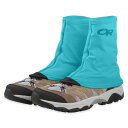


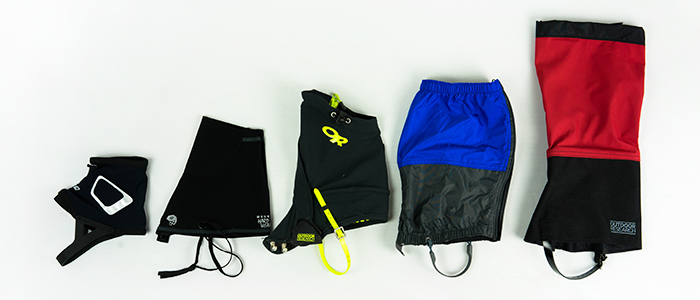
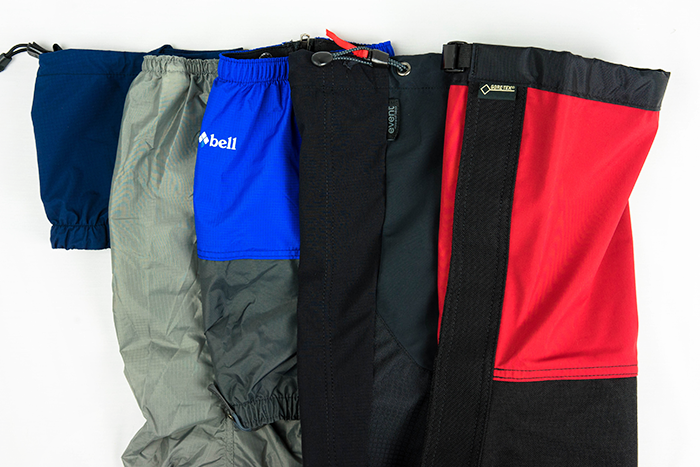
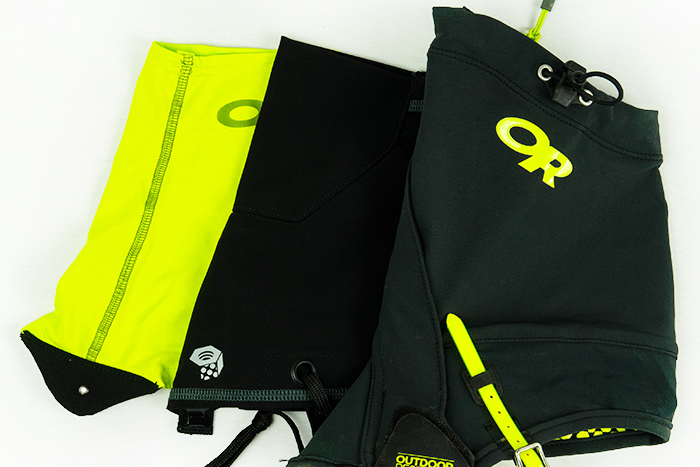

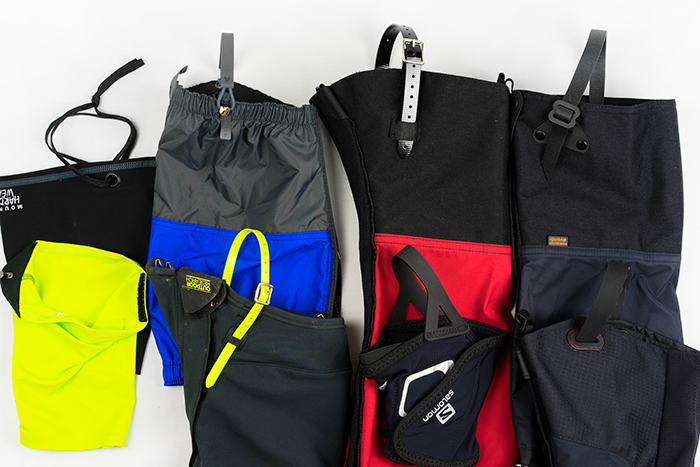
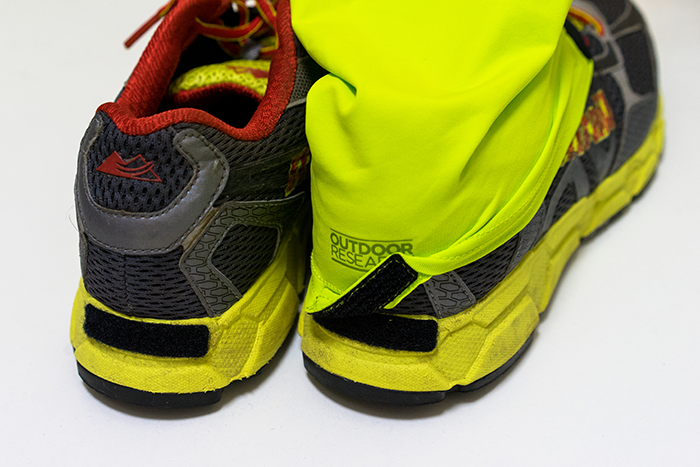
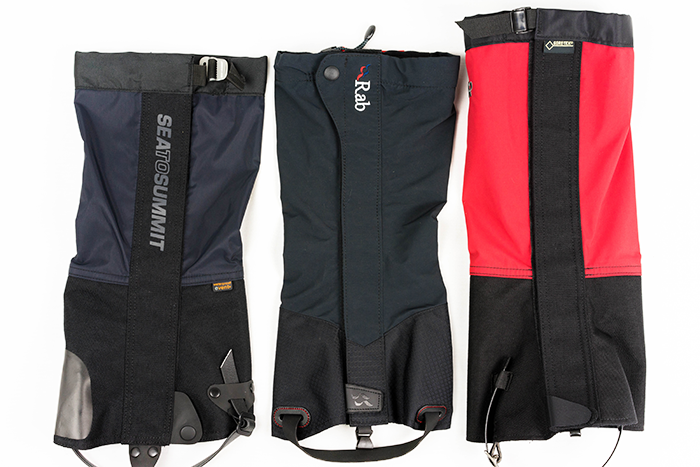

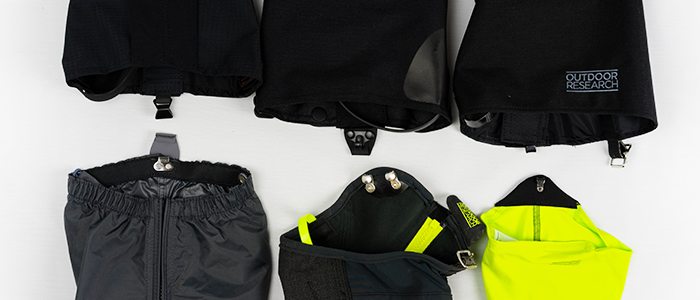





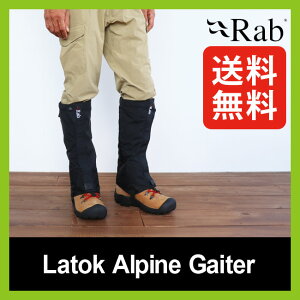


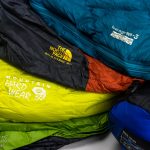 最適スリーピングバッグ(シュラフ)で身体の芯からぬくぬくと ~選び方とおすすめの8つ~
最適スリーピングバッグ(シュラフ)で身体の芯からぬくぬくと ~選び方とおすすめの8つ~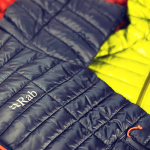 失敗しないインサレーションウェア選びのための質問3つとおすすめの15着
失敗しないインサレーションウェア選びのための質問3つとおすすめの15着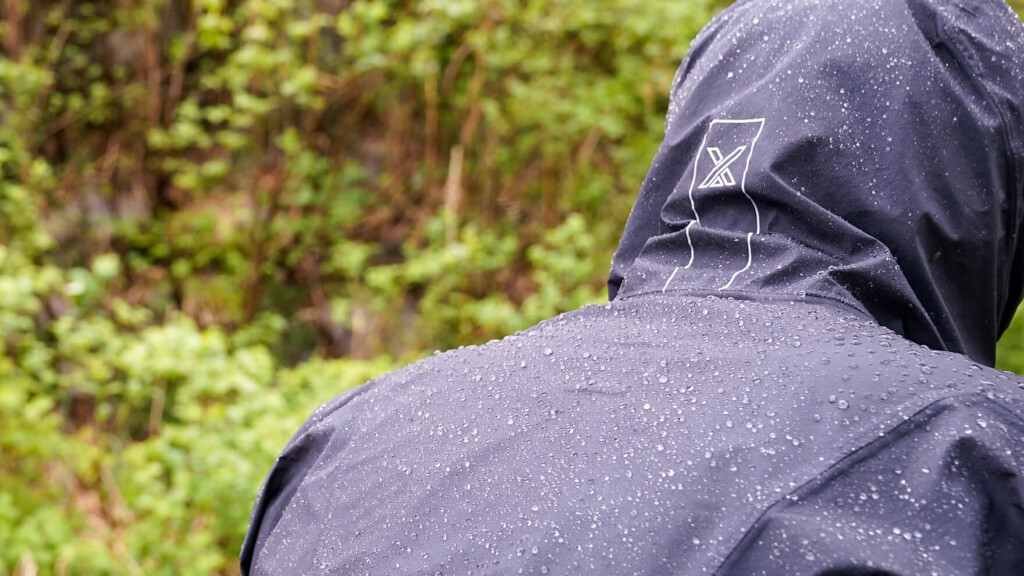 今すぐ着たい最高のレインウェアと、新しくて賢いアウトドア向けレインウェアの選び方
今すぐ着たい最高のレインウェアと、新しくて賢いアウトドア向けレインウェアの選び方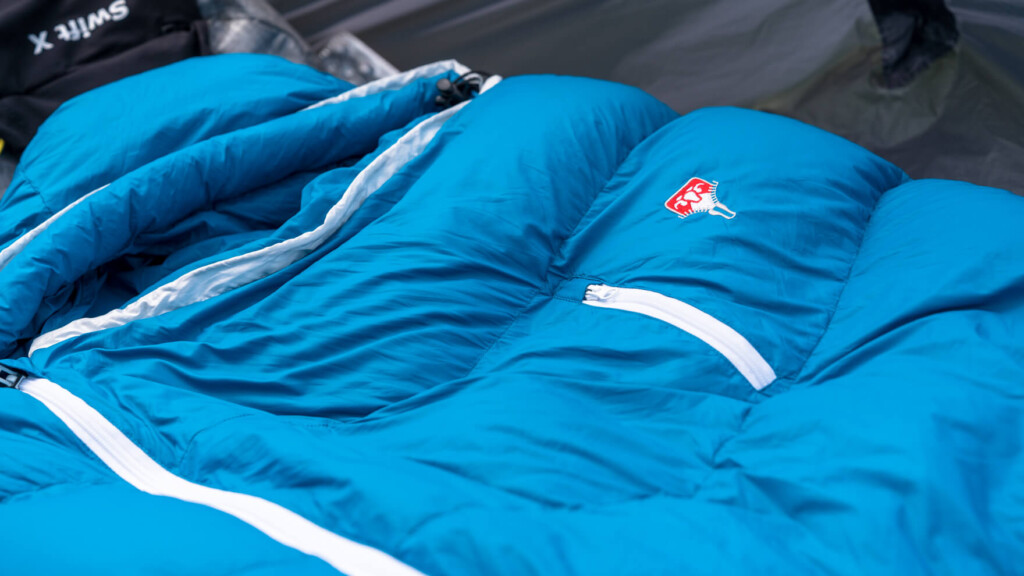 むしろ毎日でも寝たい。今シーズンおすすめの登山向け寝袋(シュラフ)と自分に合った寝袋の賢い選び方
むしろ毎日でも寝たい。今シーズンおすすめの登山向け寝袋(シュラフ)と自分に合った寝袋の賢い選び方